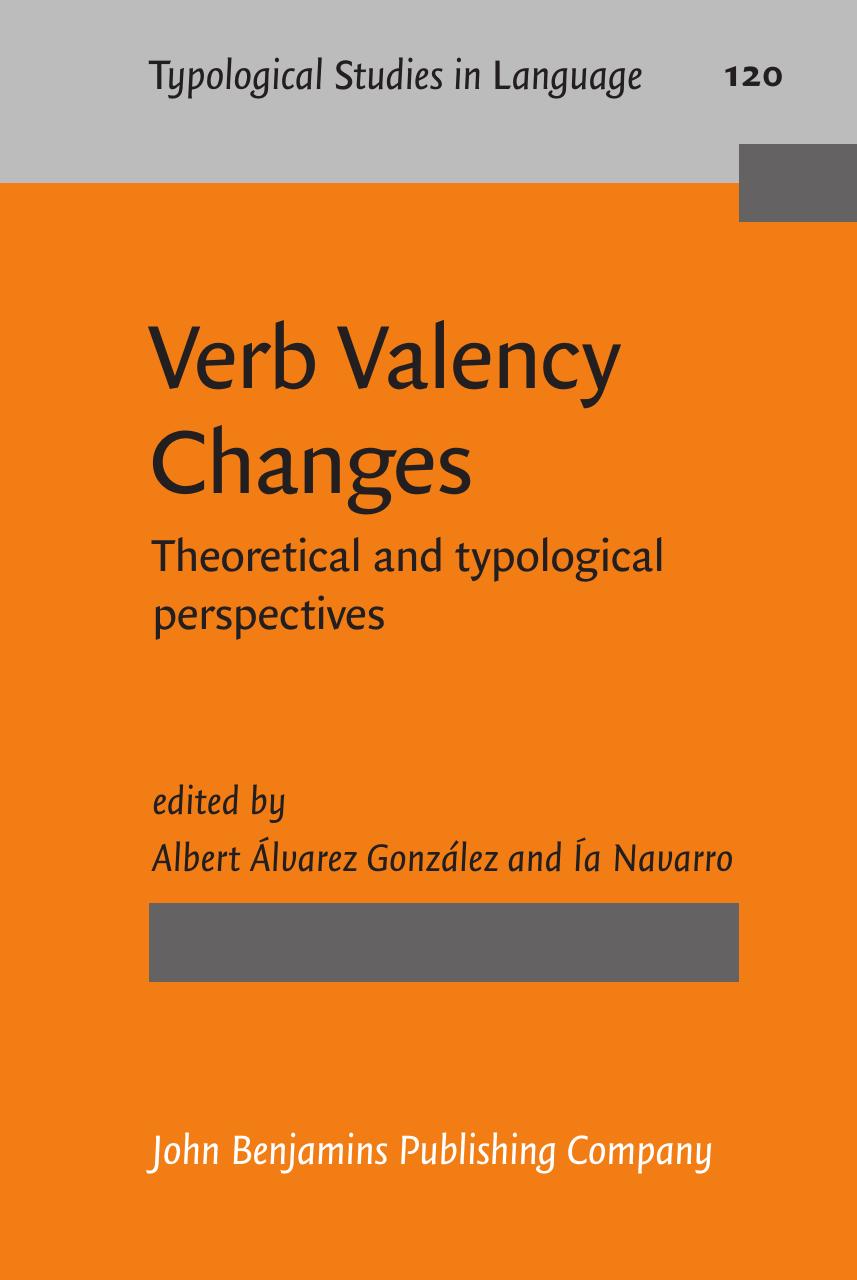

Most ebook files are in PDF format, so you can easily read them using various software such as Foxit Reader or directly on the Google Chrome browser.
Some ebook files are released by publishers in other formats such as .awz, .mobi, .epub, .fb2, etc. You may need to install specific software to read these formats on mobile/PC, such as Calibre.
Please read the tutorial at this link: https://ebookbell.com/faq
We offer FREE conversion to the popular formats you request; however, this may take some time. Therefore, right after payment, please email us, and we will try to provide the service as quickly as possible.
For some exceptional file formats or broken links (if any), please refrain from opening any disputes. Instead, email us first, and we will try to assist within a maximum of 6 hours.
EbookBell Team

4.7
16 reviewsThis book was born from the papers presented at the Workshop on Verb Valency Change held at the University of Sonora in Hermosillo (Sonora, Mexico) on March 21–22, 2013. The main objective of this workshop was to bring together linguists working on morphosyntactic, lexico-syntactic, semantic and pragmatic aspects of verb valency changes, in order to study this phenomenon in a diversity of languages and from a diversity of theoretical perspectives. This workshop and now the book presented here represent a clear indication of the growing interest in understanding how languages deal with argument realization in the context of verb valency changes, and in knowing what types of languages use what kind of constructions involving the valency change.